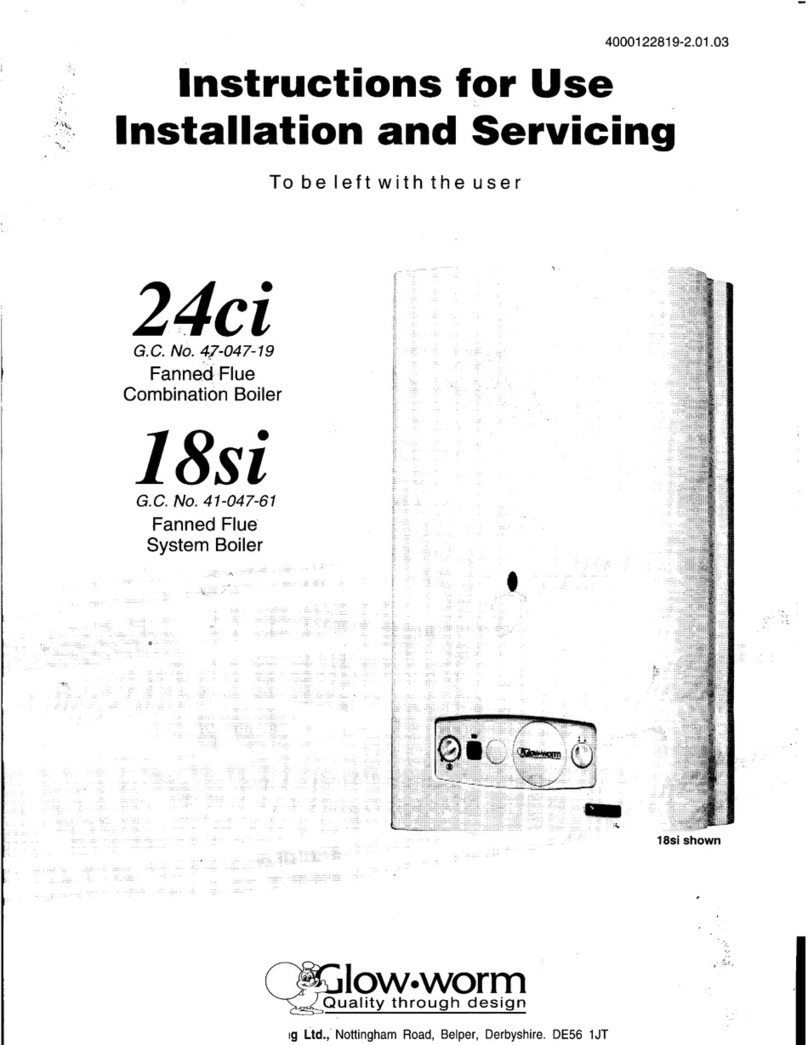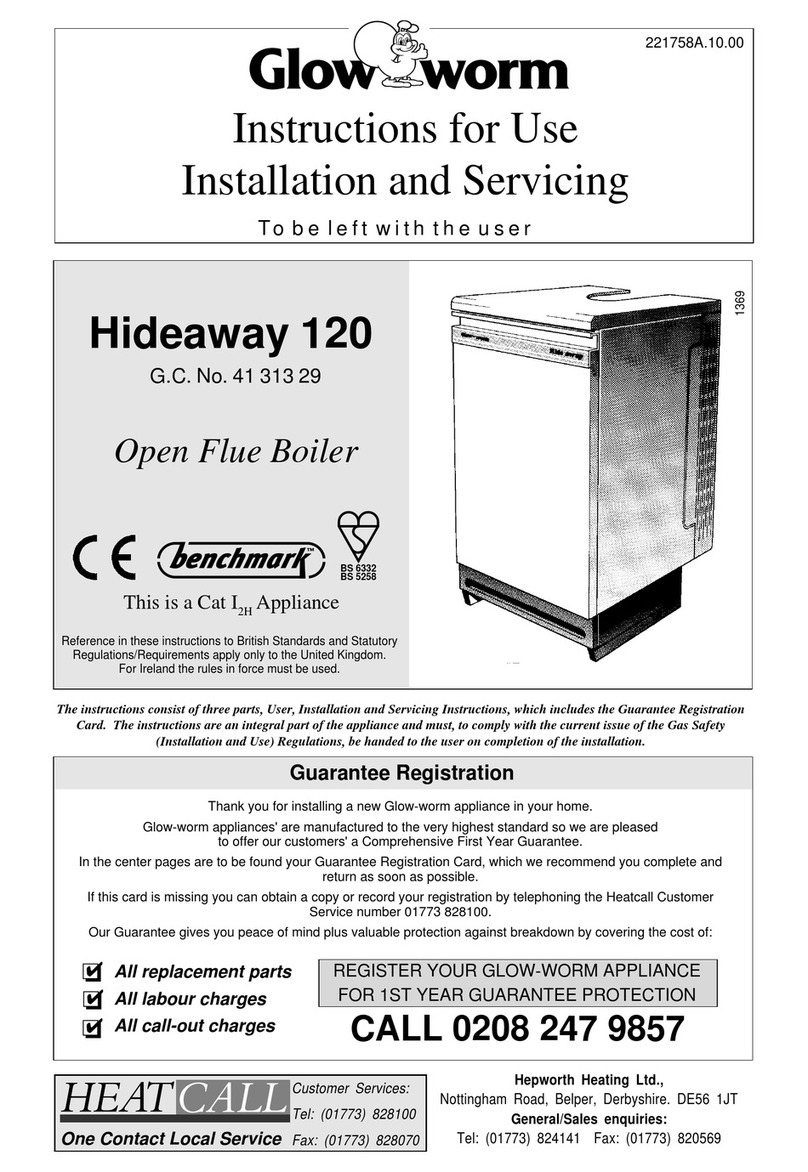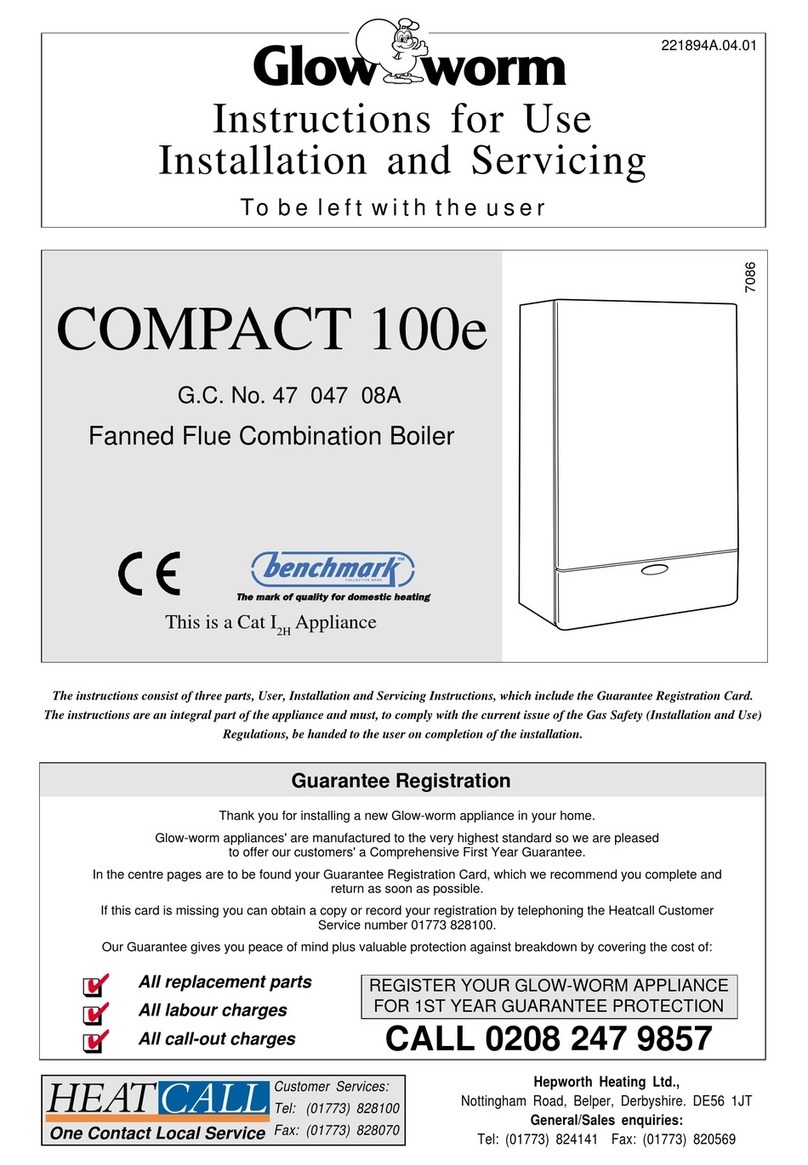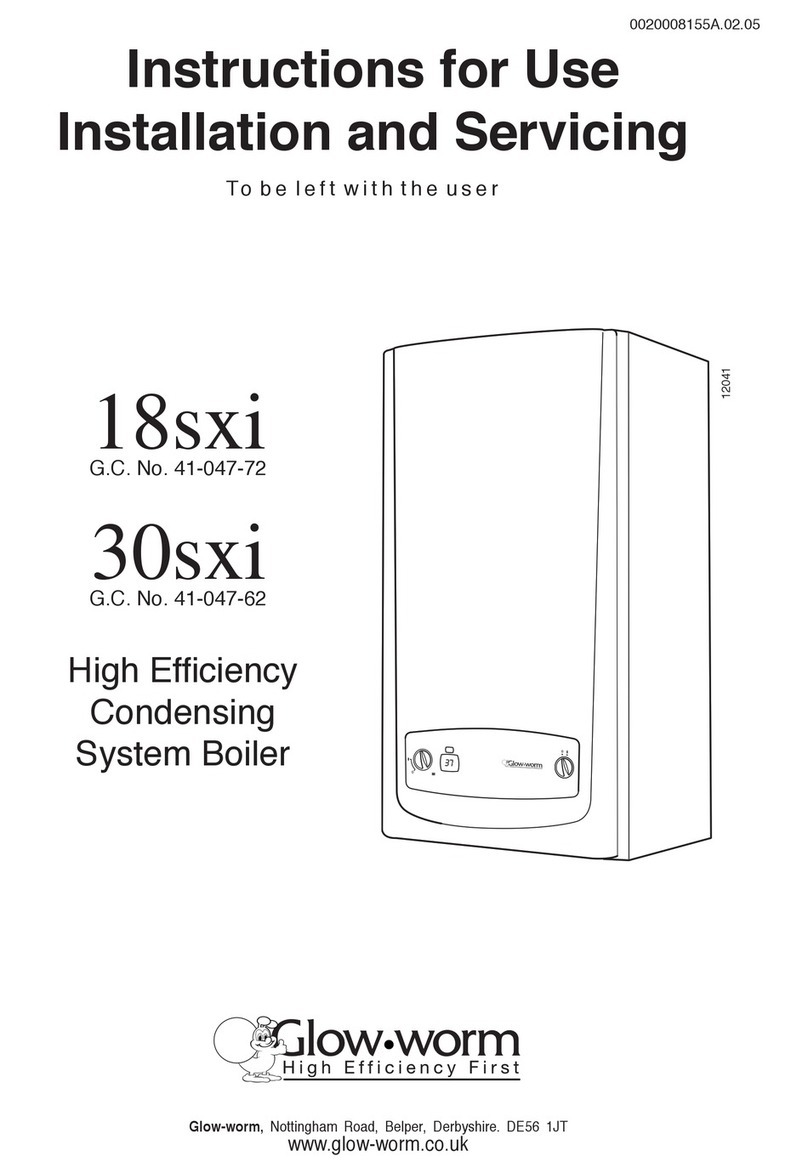Glowworm FUELSAVER 65 User guide




















This manual suits for next models
3
Other Glowworm Boiler manuals
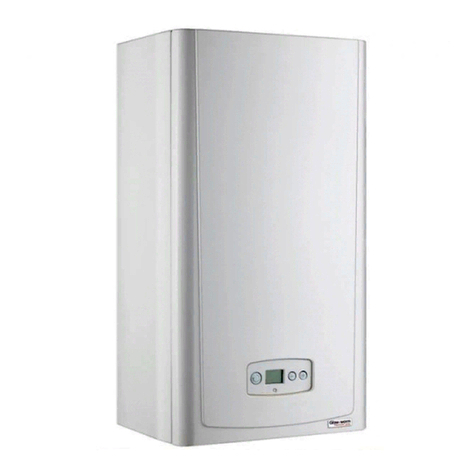
Glowworm
Glowworm 24cx User manual

Glowworm
Glowworm Ultimate 24h User manual
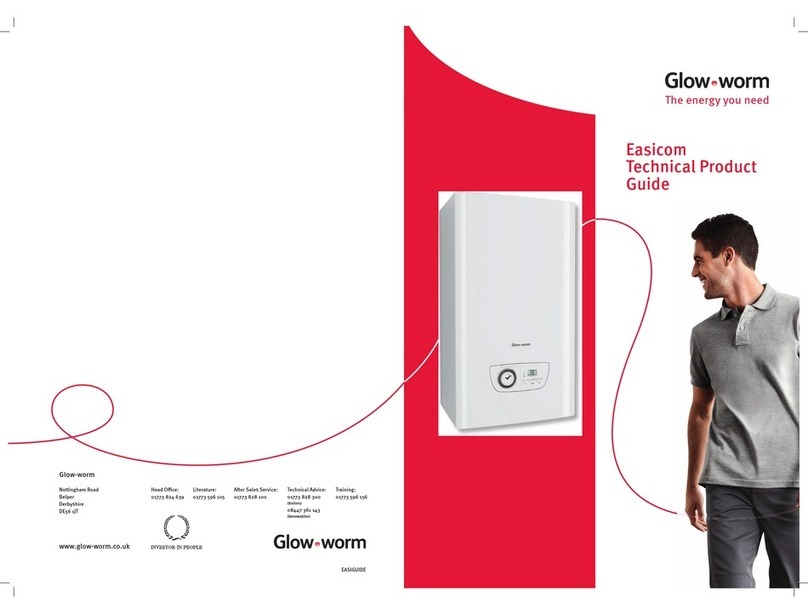
Glowworm
Glowworm Easicom User manual

Glowworm
Glowworm Micron 50FF User manual
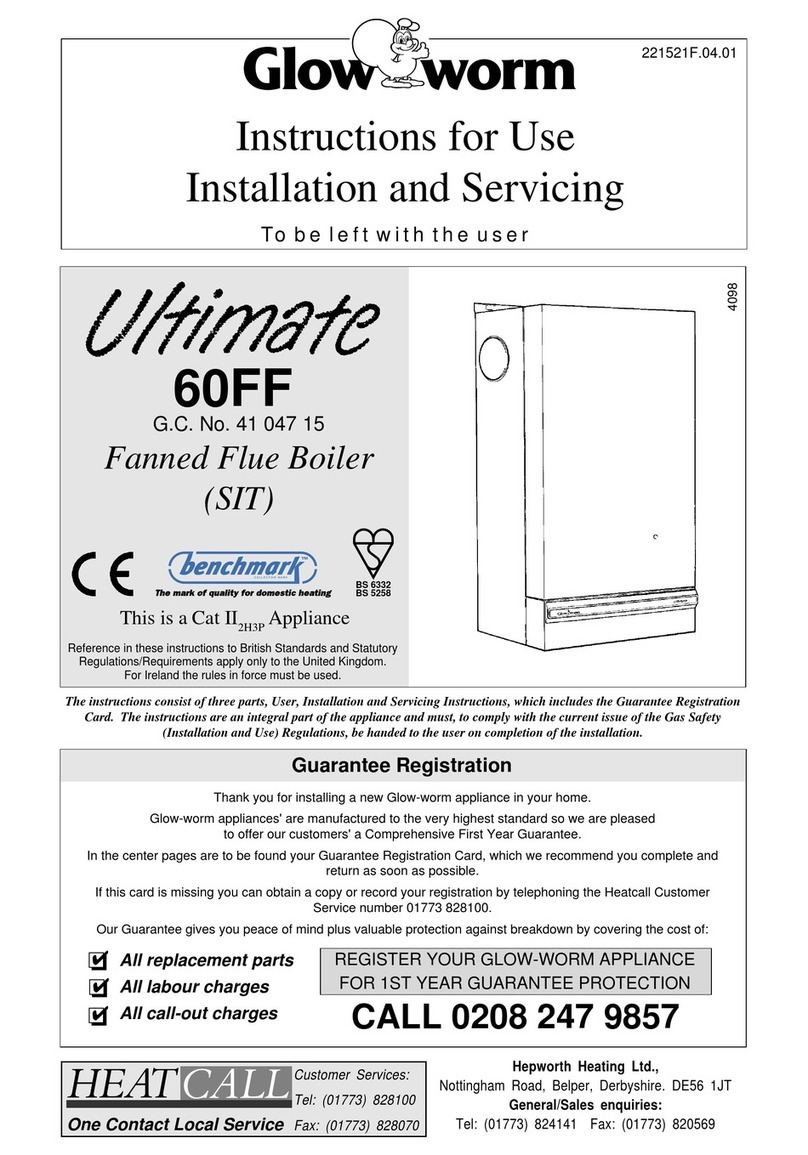
Glowworm
Glowworm Ultimate 60FF Operating manual
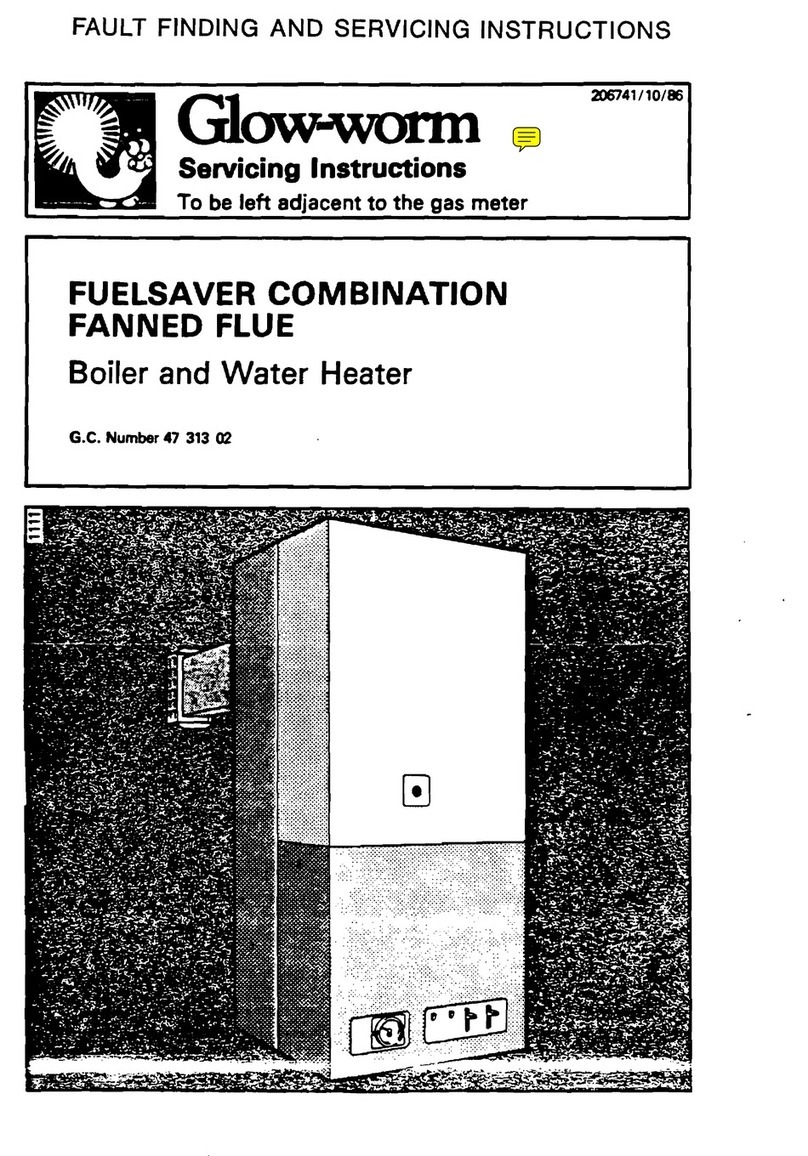
Glowworm
Glowworm fuelsaver User manual
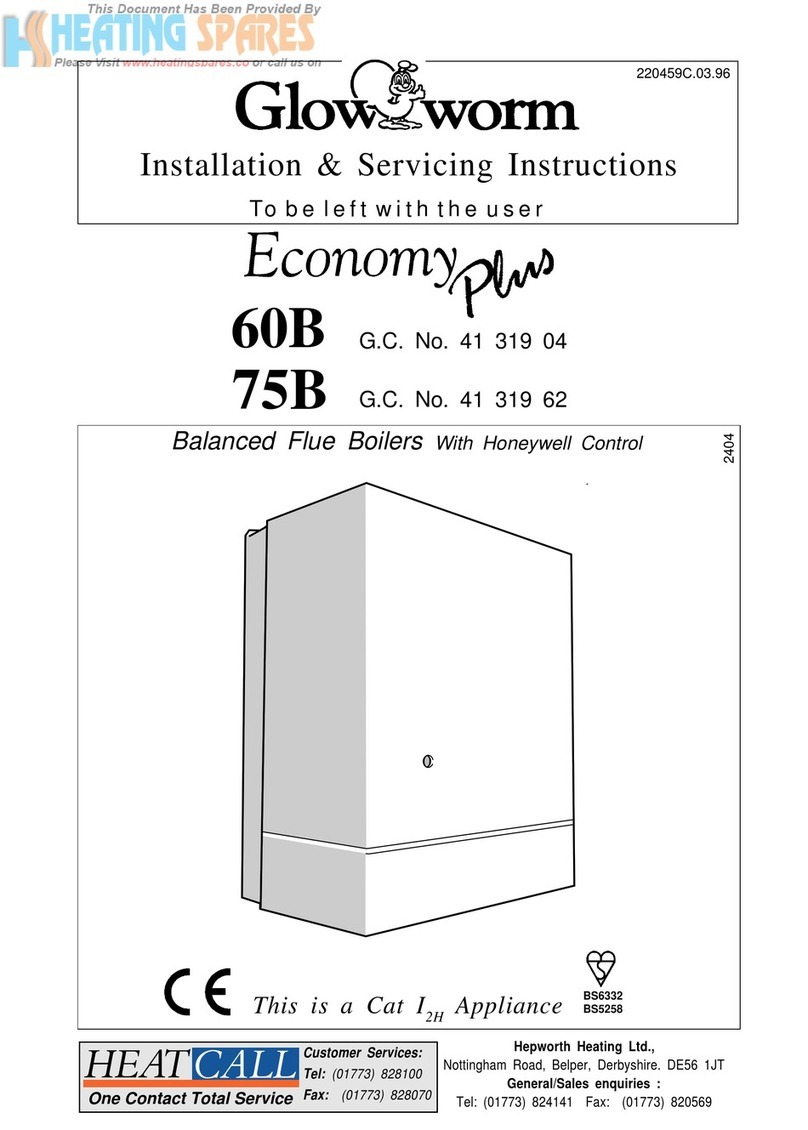
Glowworm
Glowworm Economy Plus 41 319 04 Release note

Glowworm
Glowworm SUSTAIN 12S Manual

Glowworm
Glowworm 24a User manual

Glowworm
Glowworm ENERGY 12s -A User manual
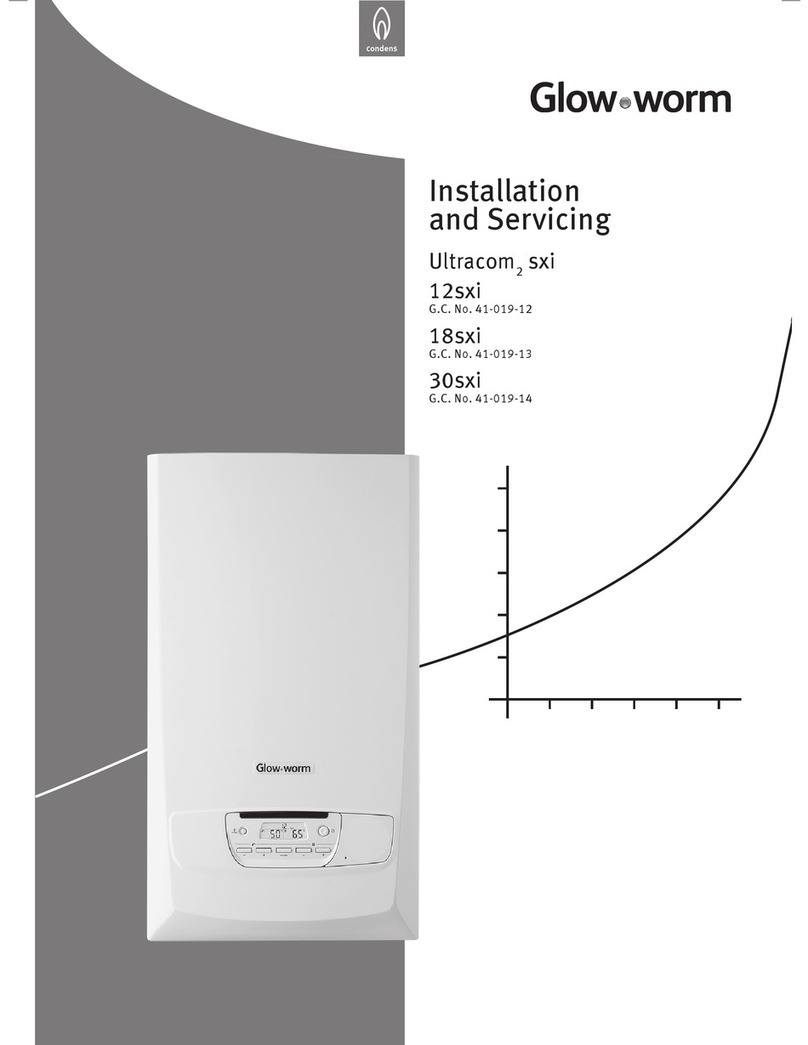
Glowworm
Glowworm Ultracom2 sxi User manual

Glowworm
Glowworm Micron 60FF Operating manual
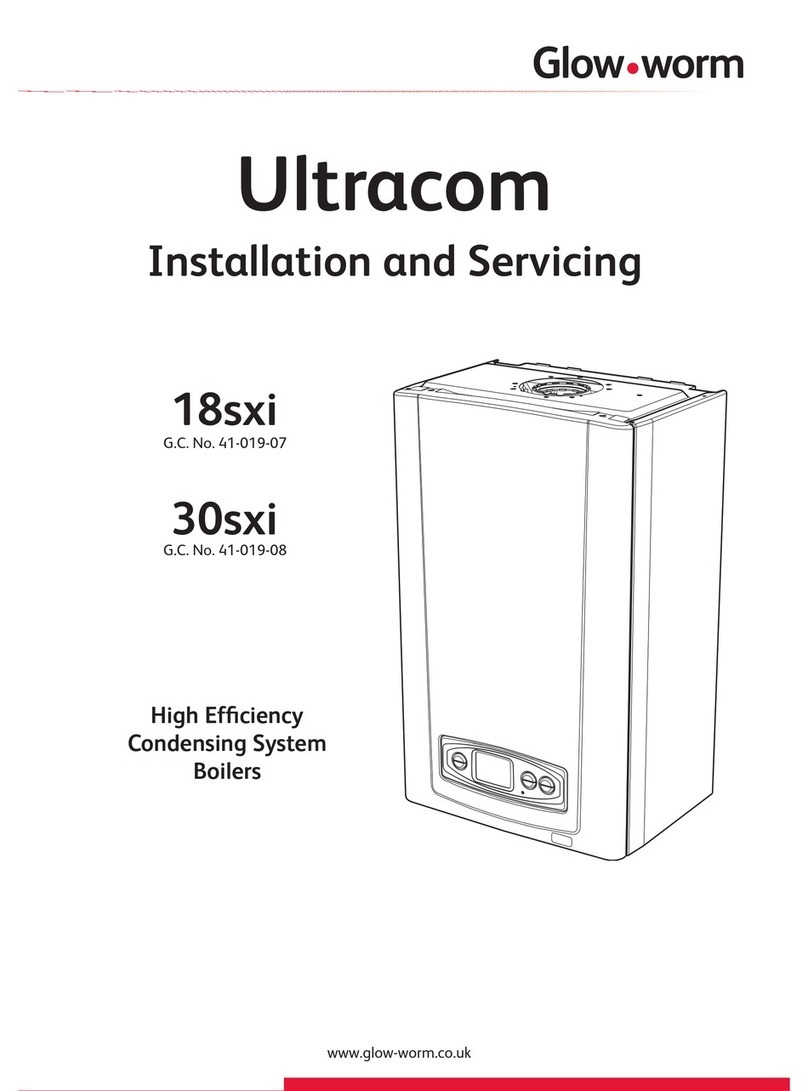
Glowworm
Glowworm 18sxi User manual

Glowworm
Glowworm 30ci plus Operating manual
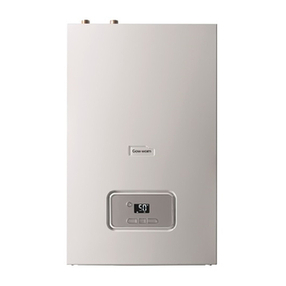
Glowworm
Glowworm SUSTAIN 12r -A User manual
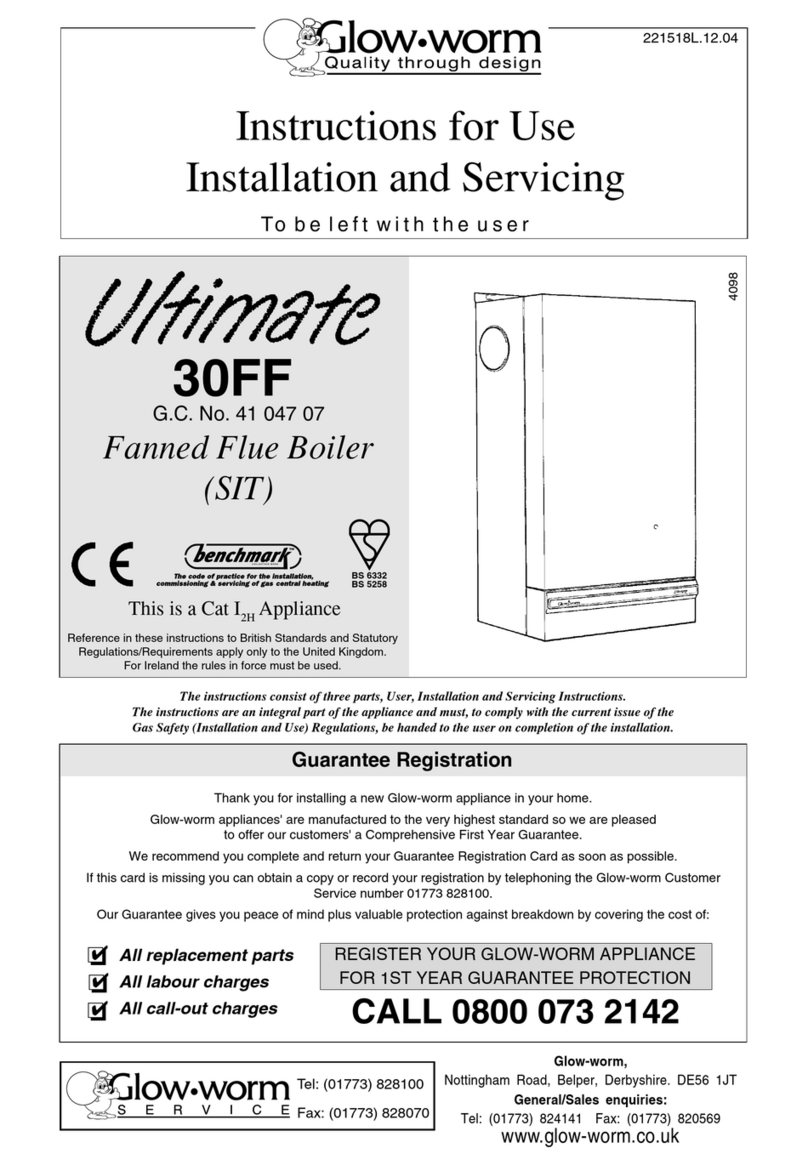
Glowworm
Glowworm Ultimate 30FF Operating manual
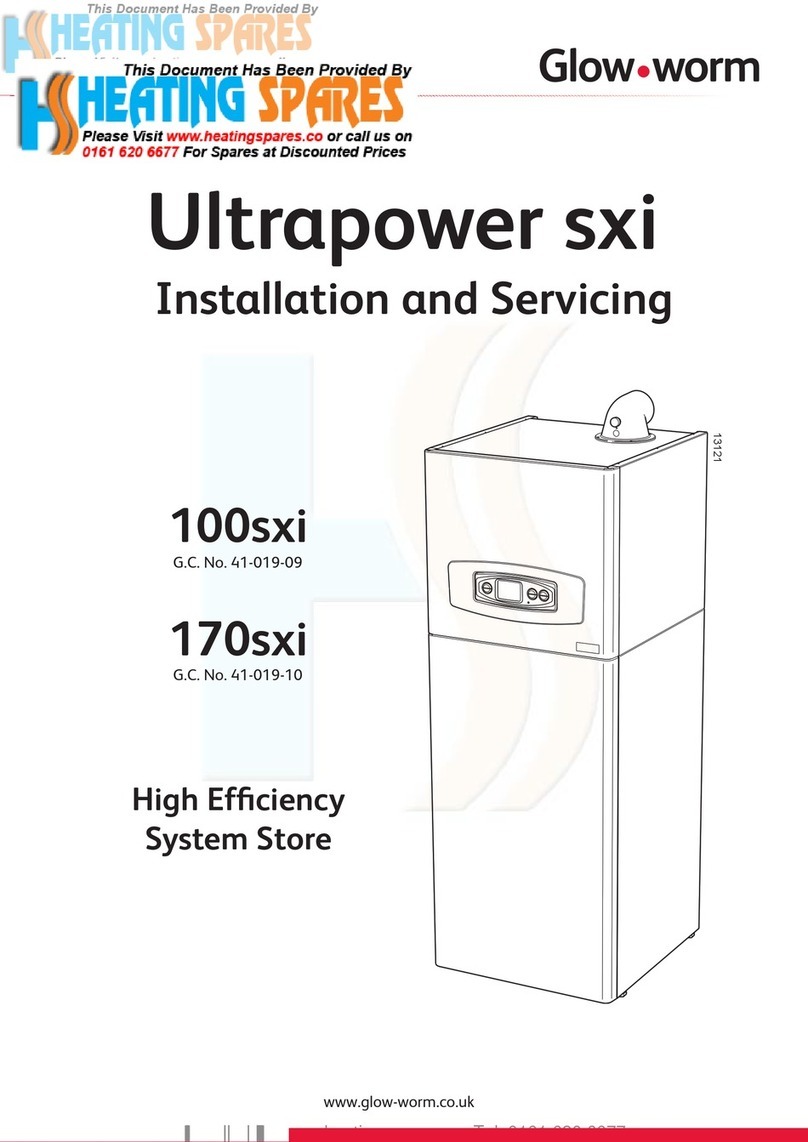
Glowworm
Glowworm 100sxi Datasheet
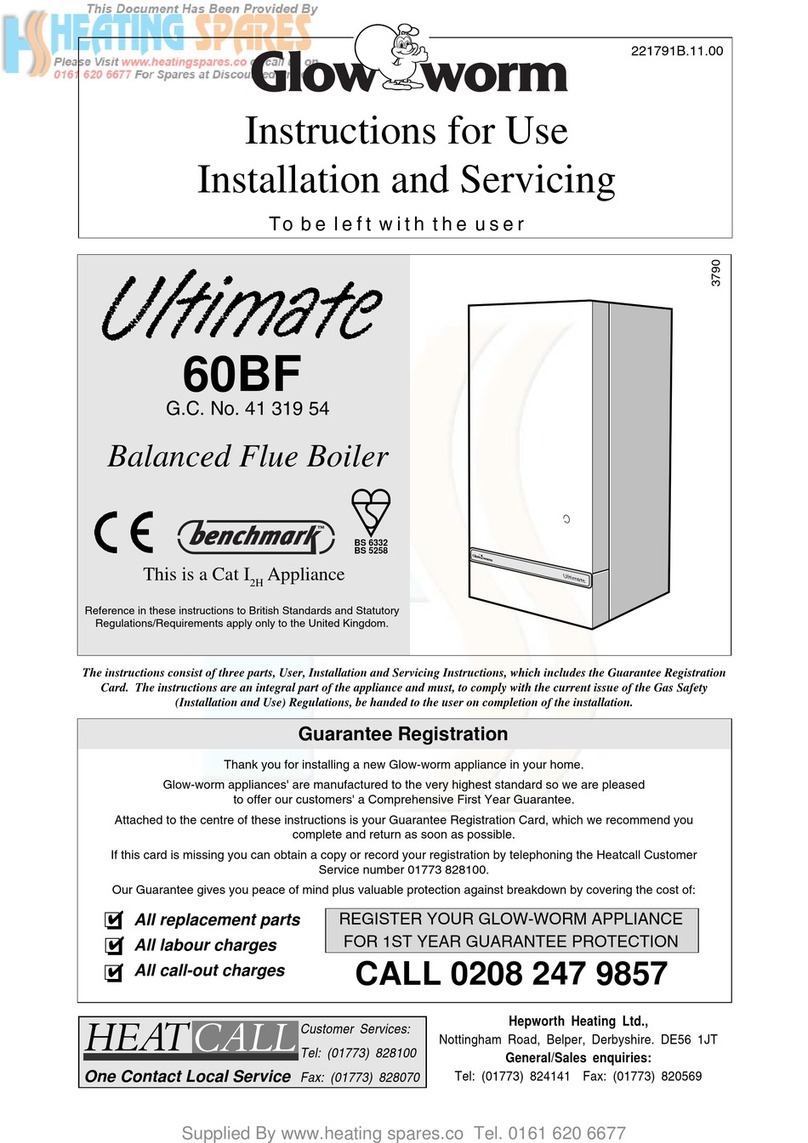
Glowworm
Glowworm Ultimate 60BF Operating manual
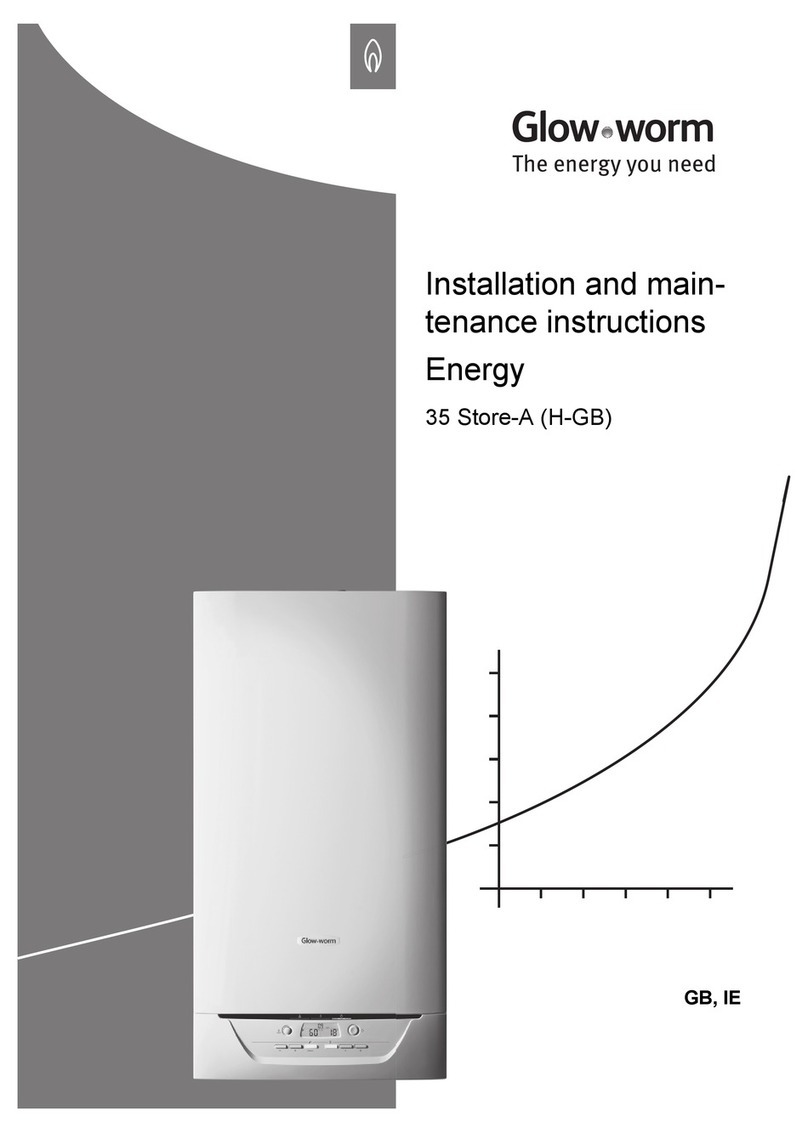
Glowworm
Glowworm Energy 35 Store-A User manual
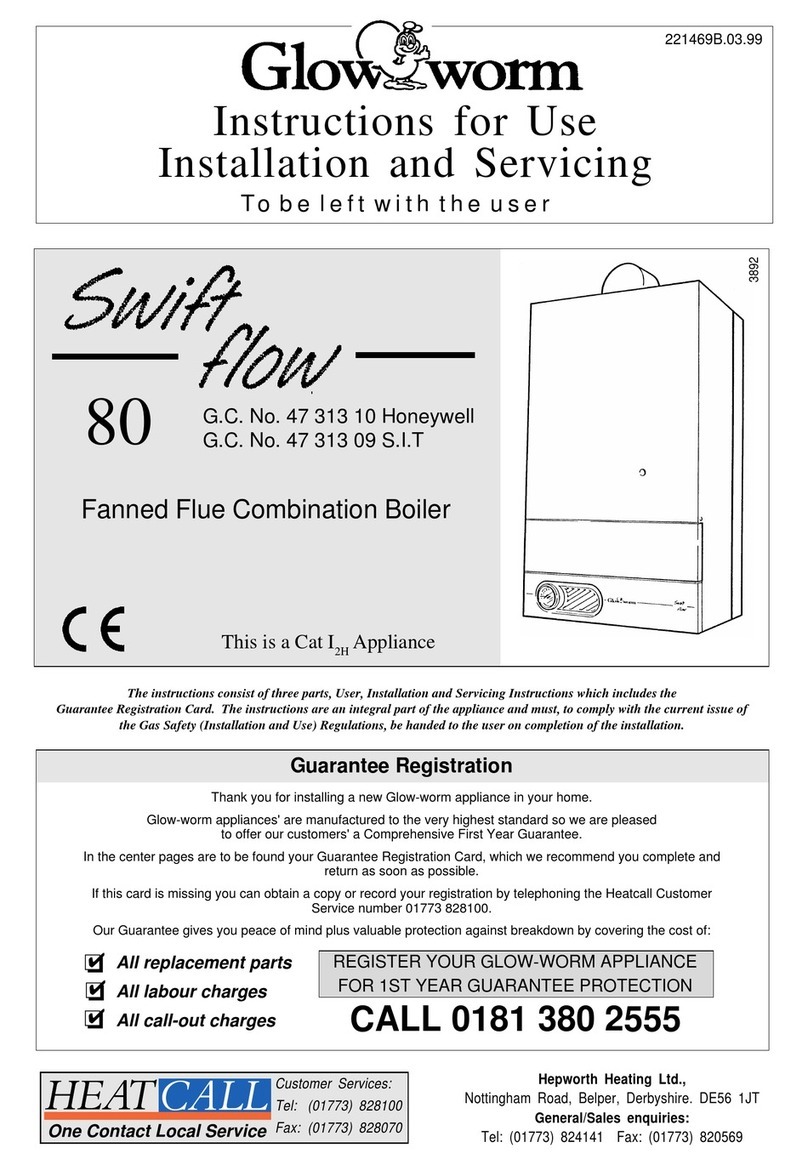
Glowworm
Glowworm swift flow 80 Operating manual
Popular Boiler manuals by other brands

Viessmann
Viessmann Vitorond 100 installation instructions

REMEHA
REMEHA Quinta Ace 160 Installation, user and service manual
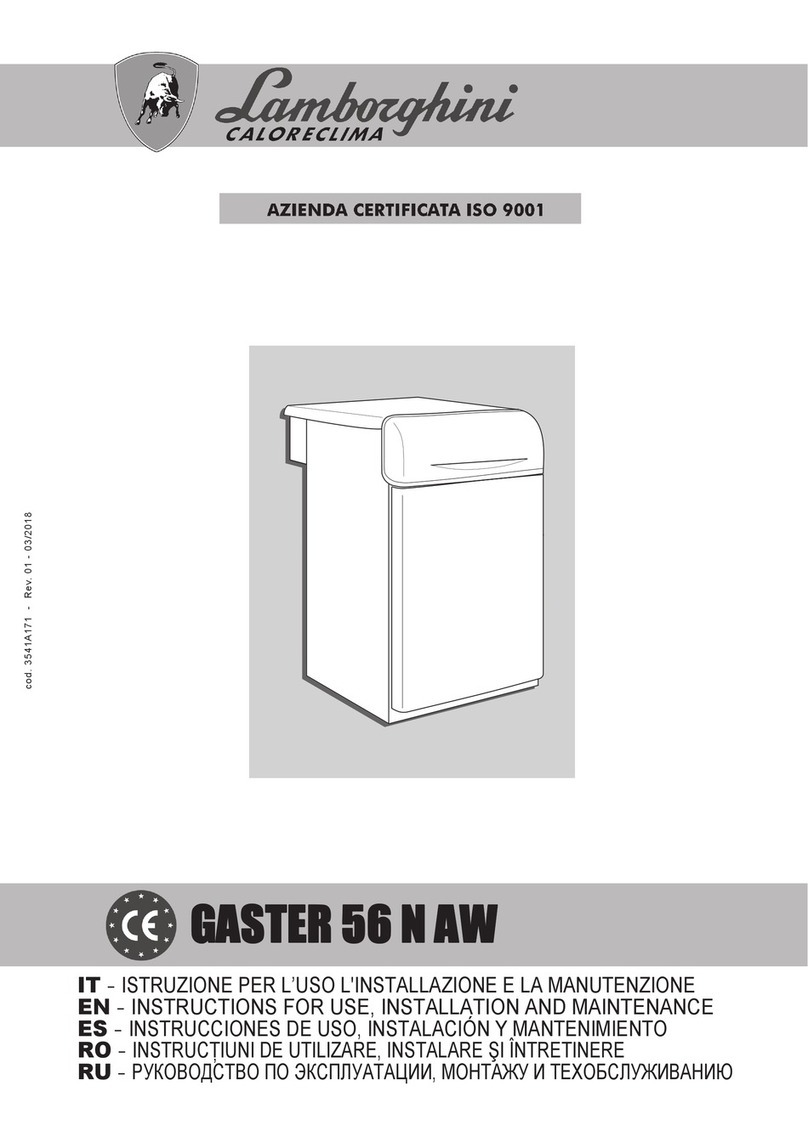
Lamborghini Caloreclima
Lamborghini Caloreclima CASTER 56 N AW Instructions for use, installation and maintenance
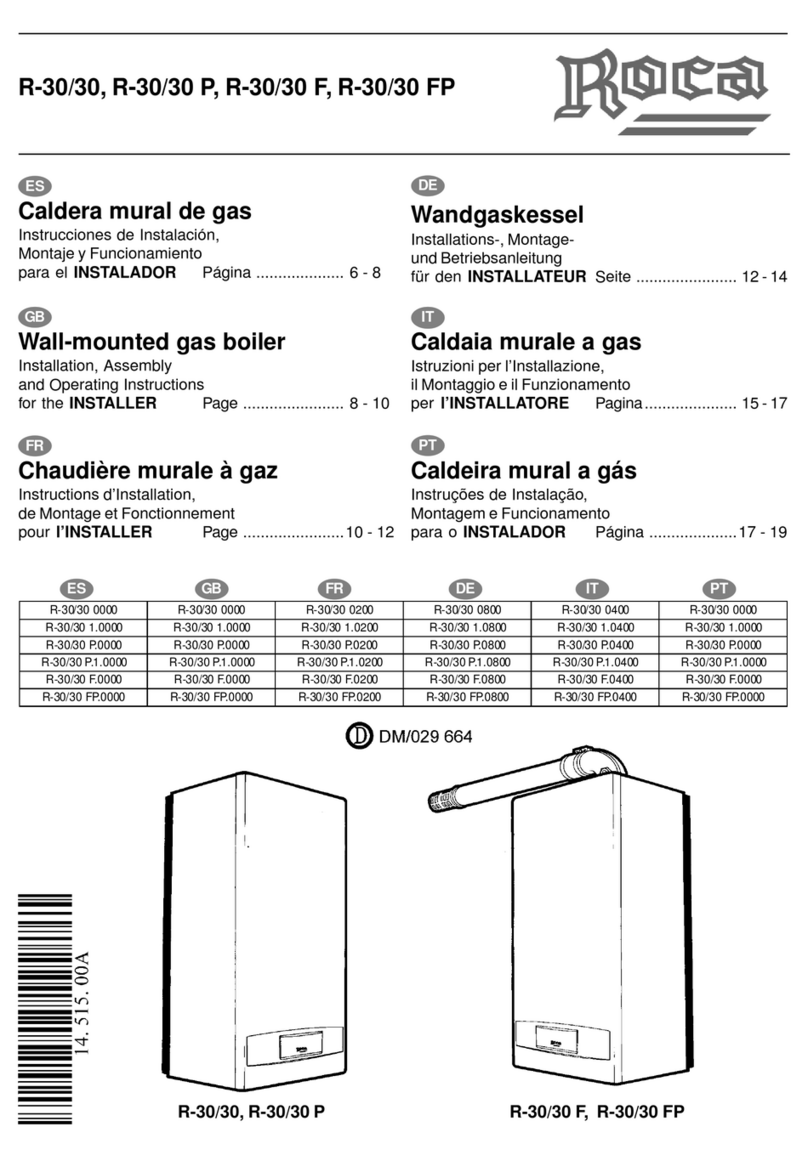
Roca
Roca R-30/30 Installation, assembly, and operating instructions for the installer
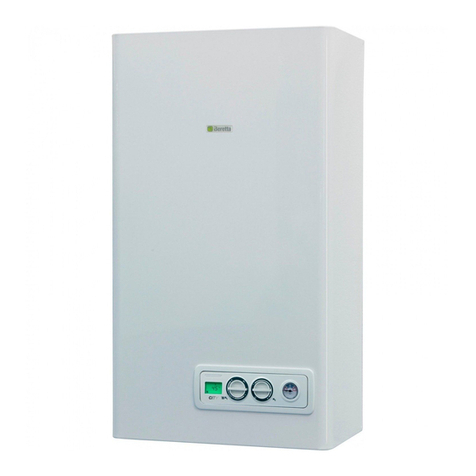
Beretta
Beretta CIAO GREEN 25 C.S.I. installer and user manual

DeDietrich
DeDietrich C 230 ECO Installation and service manual

Viessmann
Viessmann VITOCELL 300V Technical data manual
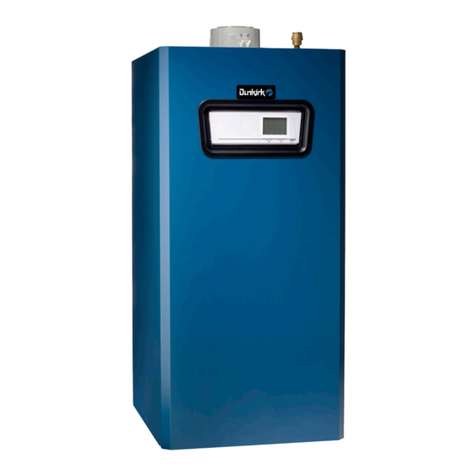
ECR
ECR Dunkirk DMG-380 Installation, operation & maintenance manual

CTC Union
CTC Union CTC 380 IC Installation and maintenance instruction manual
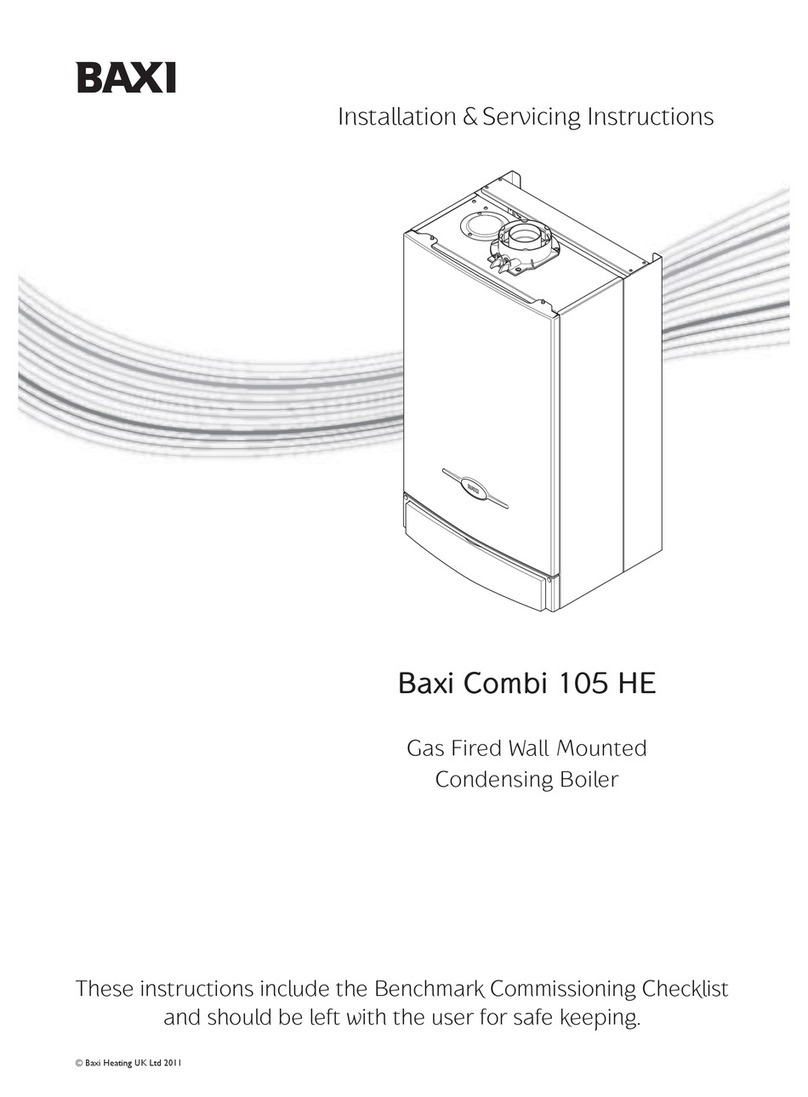
Baxi
Baxi BAXI COMBI INSTANT 105 HE Installation and servicing instructions

Meridian
Meridian 5.24 Installation & operating instructions
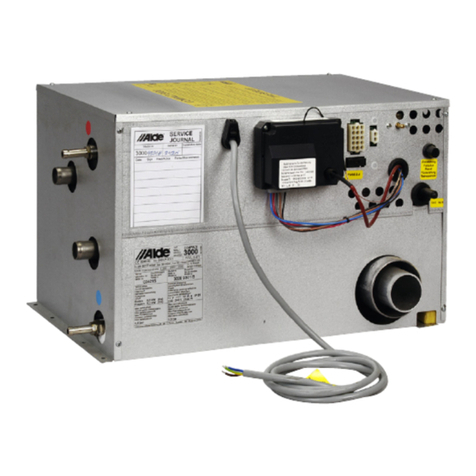
Alde
Alde COMPACT 3000 92X Service manual

HydroTherm
HydroTherm HeatNet KN6 Installation and operation instructions
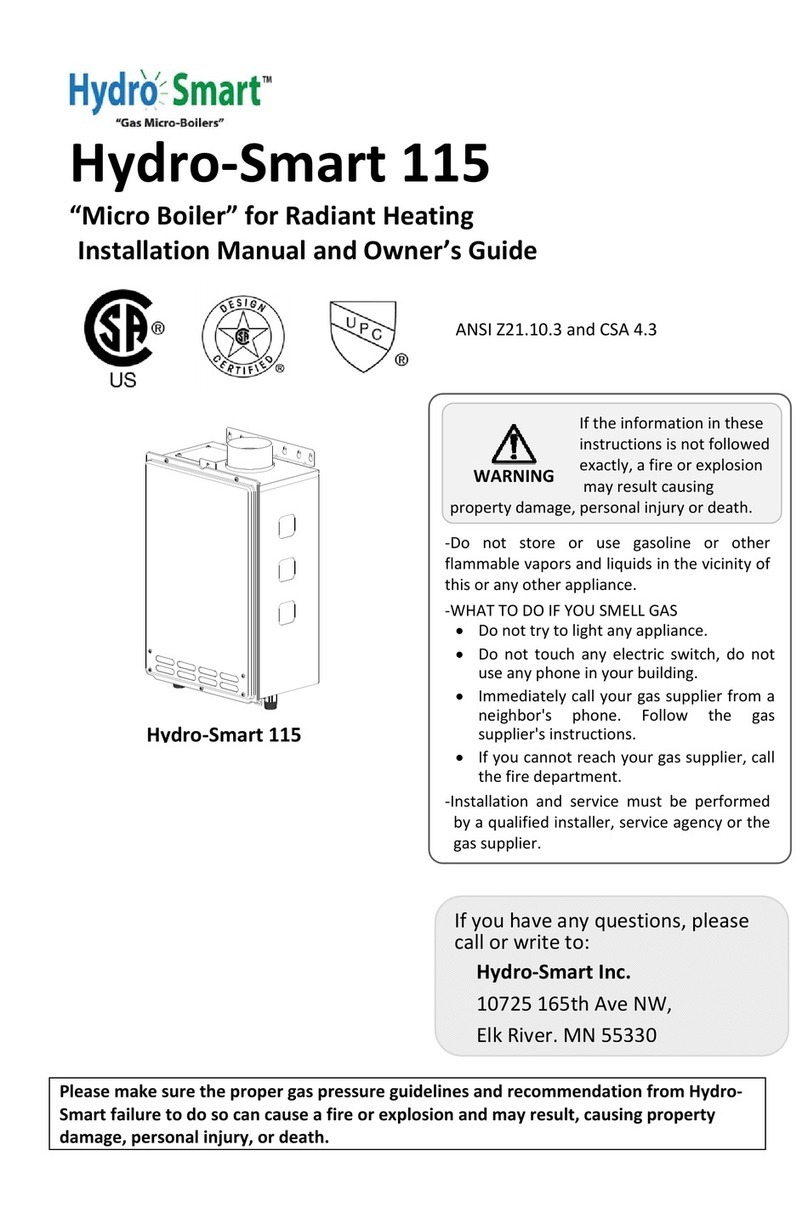
Hydro-Smart
Hydro-Smart 115 Installation manual and owner's guide
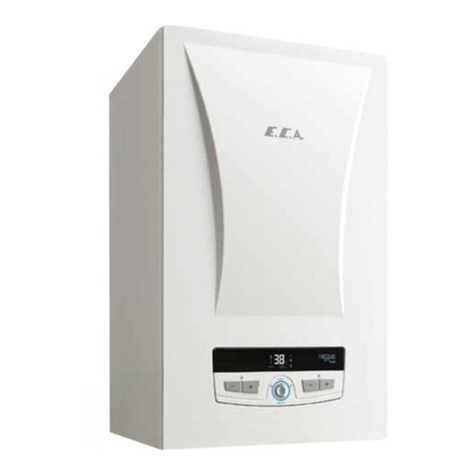
E.C.A.
E.C.A. ARCEUS EC 6 kW MT Service manual
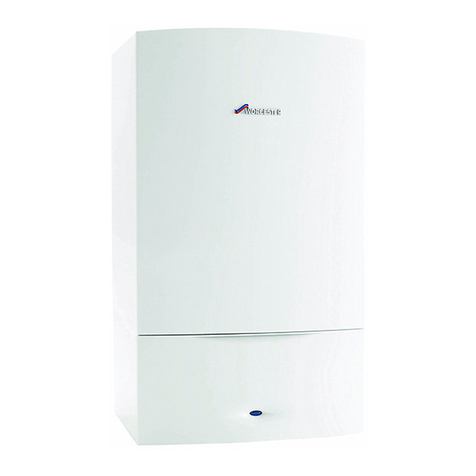
Worcester
Worcester GREENSTAR 30CDi Classic System ErP 41-406-37 User instructions & customer care guide
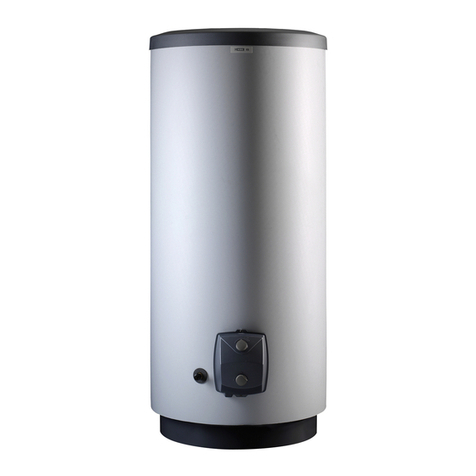
Nibe
Nibe ES Series Installation and maintenance instructions

Sapphire Audio
Sapphire Audio 6-32 kW installation manual
